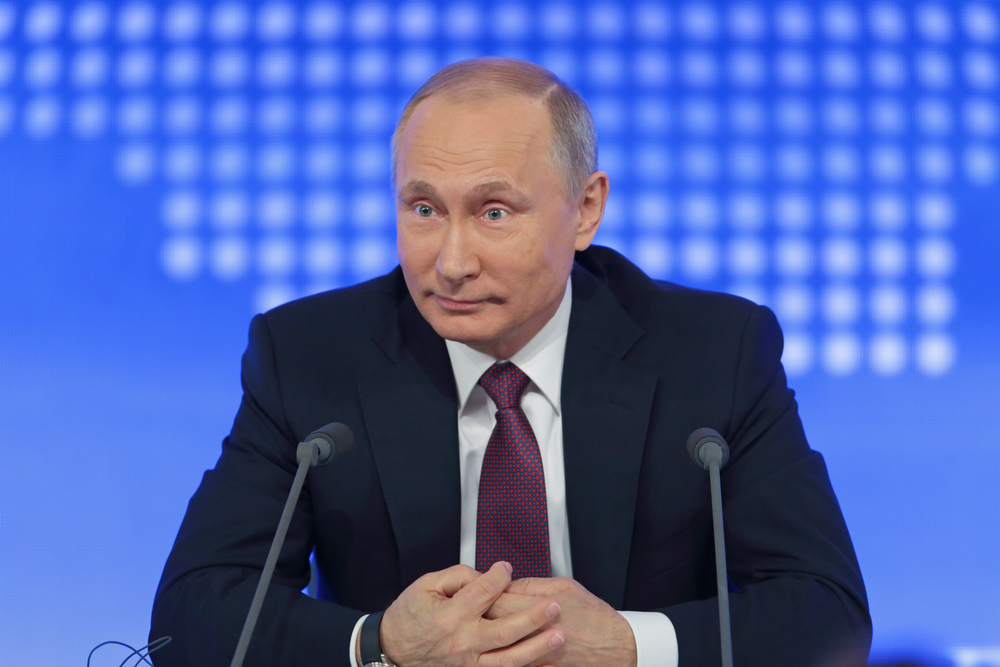NATO countries respond to suspected Russian ‘Migration Attack’.
Others are reading now
Last night, Finland’s government decided to close several of its eastern border crossings. Starting from November 18, 2023, the crossings at Vaalimaa, Nuijamaa, Imatra, and Niirala will be shut.
This move comes in response to a surge in migrants without valid travel documents attempting to enter Finland from Russia. These individuals have been allowed to cross Russia despite lacking Schengen visas or residence permits.
Finnish Prime Minister Petteri Orpo stated, “We have acted decisively and swiftly to prevent the situation at the eastern border from deteriorating. During the last electoral term, changes were made to the border surveillance law precisely for these types of situations. Now, we are utilizing the tools provided by the law.”
Also read
The Finnish government has highlighted signs that foreign state authorities or other actors have facilitated the illegal crossing of people into Finland. Interior Minister Mari Rantanen remarked, “By closing the border crossings at the eastern border, we are putting a stop to illegal entry into Finland. The government is ready to take more forceful measures if necessary.”
NATO member Estonia raises alarm
Estonia, a NATO member, has also noticed a significant increase in undocumented migrants at its eastern border crossings, with individuals attempting to enter the country from Russia. Egert Belitšev, the deputy chief of the Estonian border forces, described the influx as a form of hybrid warfare from Russia.
“Our Finnish colleagues indicate that these people are being assisted on the Russian side, either by authorities or organized crime, which also arranges transportation to the border,” Belitšev told ERR news channel.
Described as a Russian “Attack”
Belitšev characterizes the situation at the border as a Russian “migration attack” and has issued a warning to the Russian side. “We are closely monitoring the situation. We are prepared to react and take measures if necessary,” he said, adding, “We have conducted many exercises and trained to handle these situations. The plans are in place.”
Russia has previously directed a large number of migrants towards its western border, most notably in 2015. “Now, they might be trying to exert pressure again using a migrant weapon of this kind,” said Sinikukka Saari, Research Director at the Finnish Institute of International Affairs, to Yle.


